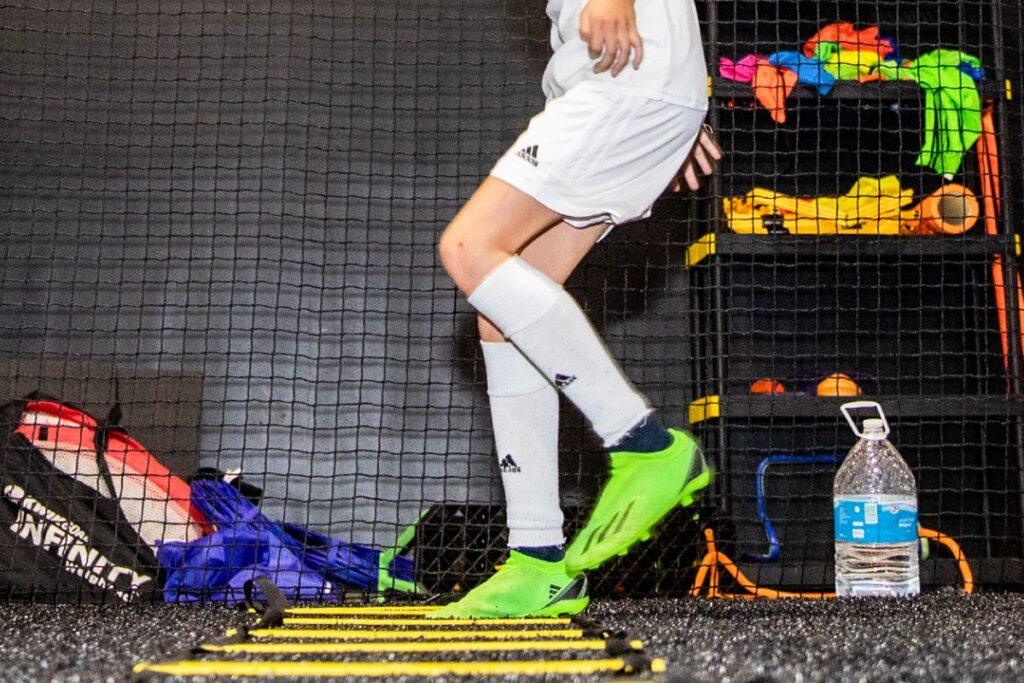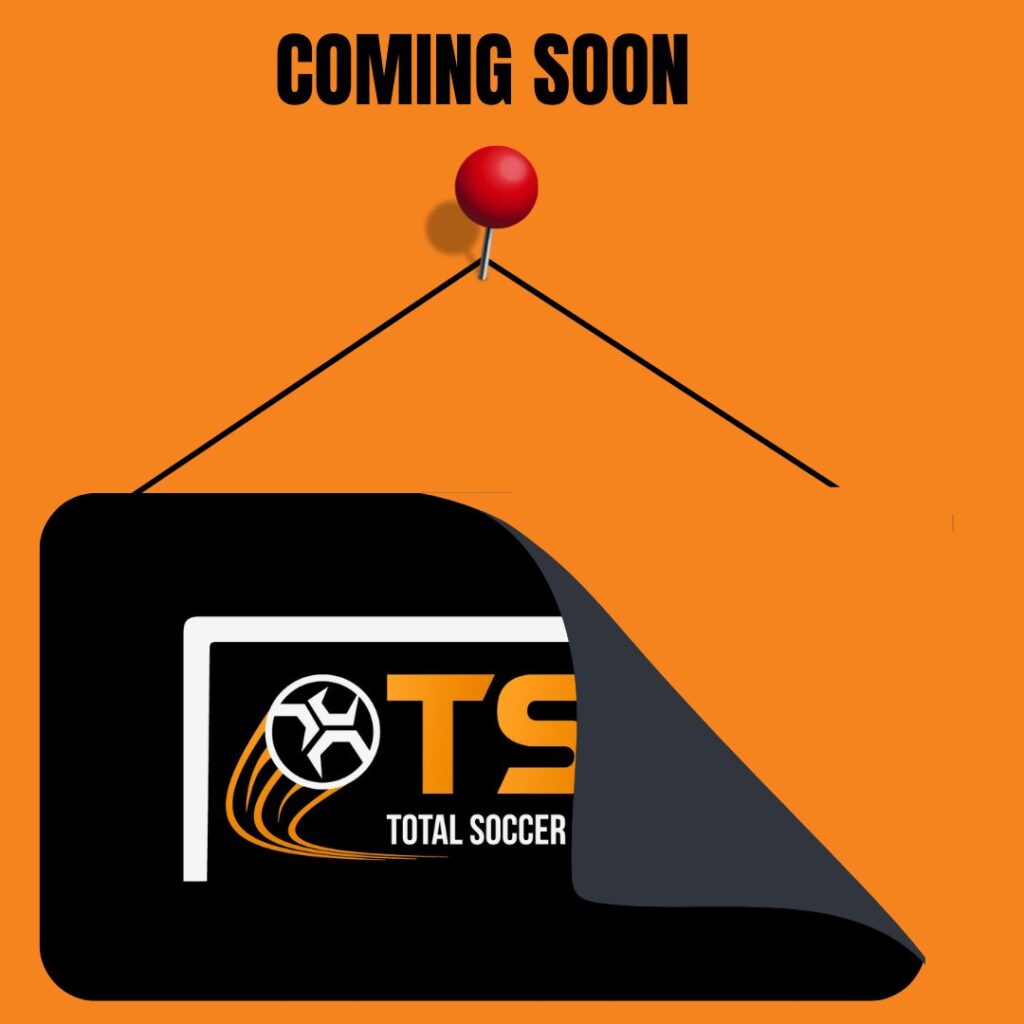As a parent, you want to ensure your child has the best experience on the soccer field. But did you know that soccer players can run up to miles in a single full-field game? Over the course of a full year of play, that adds up to the equivalent of several marathons! With that kind of mileage, it’s essential to choose soccer cleats that provide the right fit, support, and performance. By doing so, you’ll help your child stay comfortable, prevent injuries, and play their best game.
Buy Cleats That Fit
Avoid buying cleats that are too big or too small. Instead, choose a pair that fits your child’s foot comfortably. When trying on cleats, make sure your child wears their soccer socks to ensure an accurate fit. This will give you a better idea of how the cleats will feel during games and practices. It’s also best to try on cleats after your child has been exercising, as their feet may swell. A proper fit will ensure your child’s comfort and performance on the field.
Consider the Brand and Foot Shape
Different brands cater to various foot shapes. For example, Nike tends to be narrower, while other brands may offer wider options. Find a brand that suits your child’s foot shape to ensure a comfortable and supportive fit. Additionally, sticking with a brand can be the safest way to get a good fit year after year, especially if buying online. Sizes can vary significantly between brands, so finding a brand that works for your child and sticking with it can save you time and hassle in the long run.
Choose Firm Ground Cleats for Versatility
For most kids, firm ground cleats are the best option. They provide excellent traction on grass fields and can also be worn on some artificial turf fields. Additionally, many indoor fields allow firm ground cleats, making them a versatile choice. If you’re unsure about your child’s winter playing schedule, consider waiting until you know where they’ll be playing before investing in a second pair of cleats specifically for indoor play.
Choose the Right Level of Cleat
Soccer cleats come in various levels, ranging from elite to essentials. While it’s tempting to splurge on top-tier cleats, they may not be necessary for young players. Consider your child’s level of commitment and the frequency of play: For casual players, Essentials or Built Tough cleats may be sufficient. For travel players who participate in year-round soccer, consider Academy or Pro-level cleats for added support and performance. Ask for Advice If you’re unsure about which cleats to choose, ask your child’s coach for advice. They have experience with different types of cleats and can provide valuable insights.
Know When to Replace Cleats
Keep an eye out for signs that your child needs new cleats:
- Outgrown or ill-fitting cleats
- Complaints of discomfort or pain
- Worn-out or damaged cleats
- Loss of traction
By following these tips, you’ll find the perfect pair of soccer cleats for your child, setting them up for success and comfort on the field.


